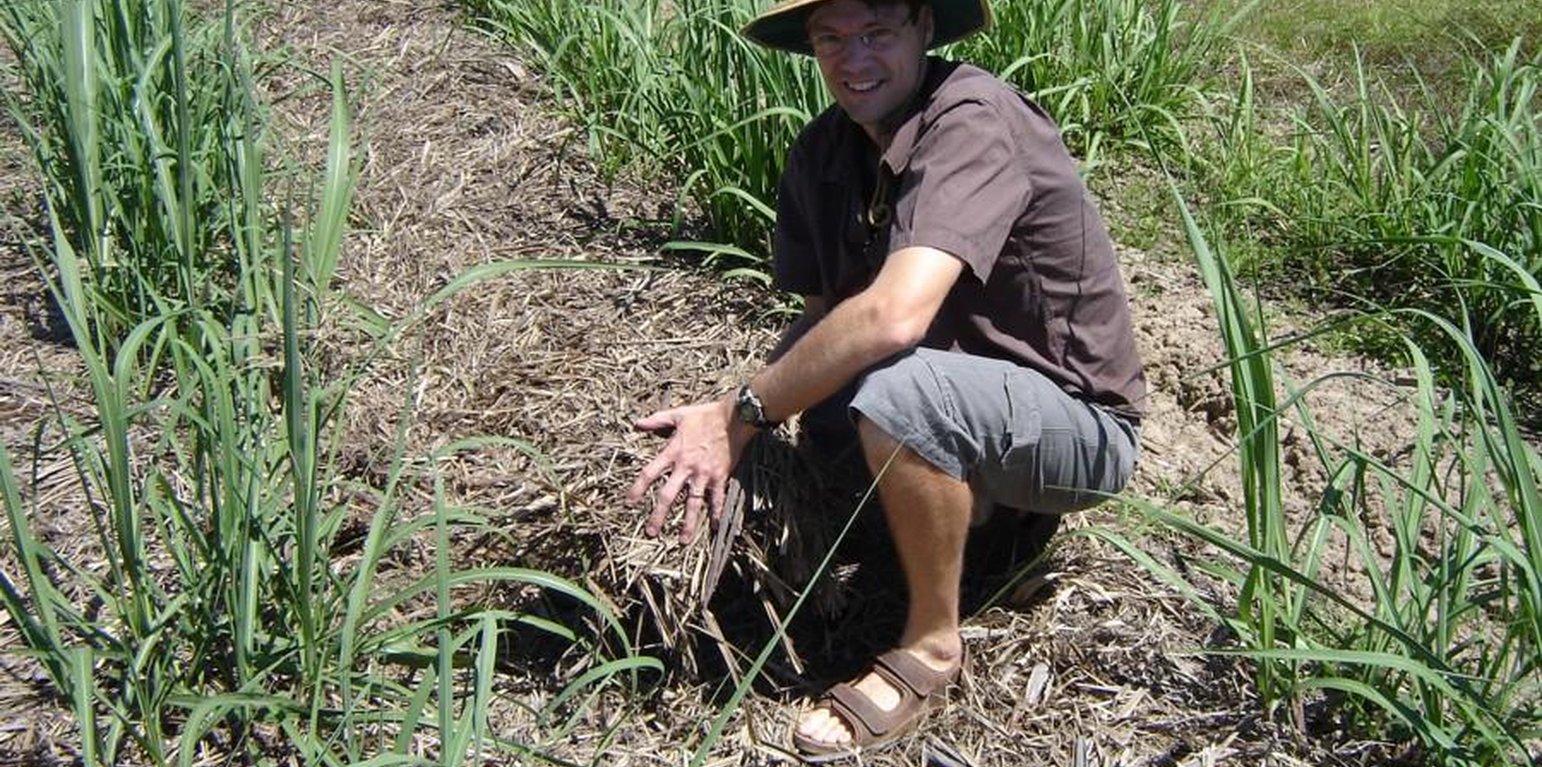



Aims / objectives: A fundamental change has occurred in farming practice amongst sugar cane growers in the tropics of far north Queensland. Where it was once standard practice to burn cane before harvest (defoliating green canes for easier harvest), tradition has been turned on its head and now almost no-one burns. Instead a 'green cane trash blanket' system has developed, with multiple benefits and few or no drawbacks. There has been no official campaign or punitive sanctions imposed, no enticing financial incentives offered or charismatic environmental leadership - just a quiet technological revolution, based on the principles of the 'triple bottom line' (TBL).
Methods: TBL has recently emerged into common usage amongst agriculturalists in Australia. Rather than attributing farmers' actions as simple responses to economic stimuli ('the bottom line') TBL is a framework that helps explain the complexity of factors that influence farmers to modify their practices. TBL suggests that farmers do indeed respond to money, but also to environmental concerns, and furthermore to social considerations as well. This gives credit to farmers for being responsible stewards of the land. In this particular case, the transition in technology started in 1974, when sugar cane growers in the far north of Queensland were simply unable to burn their cane prior to harvest because of the exceptionally heavy rains. Instead, they had to harvest wet - and green. The technical implications were first, a slower harvest speed because machinery had to cope with a greater load of biomass, and second, a thick residual blanket of trash that covered the soil. The multiple benefits of mulching were recognised by a few growers, who then continued to harvest green cane. Non-burning spread - a technology now described as the 'green cane trash blanket'- until almost every grower adopted it within one generation. While the extension service has supported the transition, growers themselves tookthe initiative to change. There are indeed small financial benefits, chiefly in terms of reduced overall input costs, but growers have simultaneously been motivated by social and environmental considerations. Burning has come to be considered anti-social: a dirty practice, carrying the danger of fire spreading outside the targeted fields. Neither is it a pleasant task, requiring help of family and friends, often at inconvenient times.
Other important information: From an environmental perspective, the benefits of trash mulch are tangible in terms of improved soil quality, and reduced erosion rates. And, equally important, the end result is reduced damage to the close-by Great Barrier Reef with its sediment-sensitive living coral.
The triple bottom line(TBL) is an expression which has evolved in Australia to help explain why farmers act as they do. Its three components of economics, the environment and social aspects cover the considerations that cause farmers to modify technologies. TBL implicitly gives credit to farmer for being sensitive to multiple external signals. In this case the change in practice is from burning sugar cane to harvesting it green in Far North Queensland. This is a case where emerging conservation-friendly farmer practice and the goals of the environmental lobby have neatly coincided.
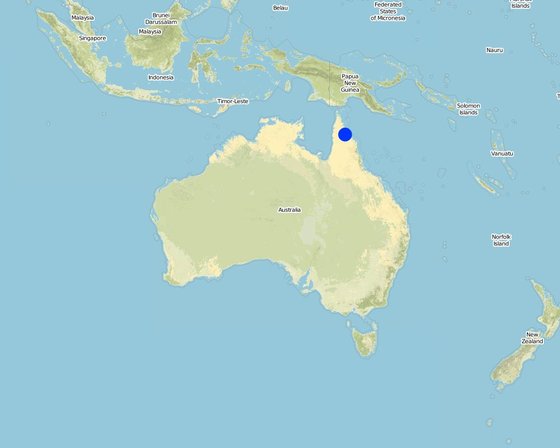
Байршил: Queensland, Австрали
Эхлэх огноо: 1974
Төгсөх жил: тодорхойгүй
Арга барилын төрөл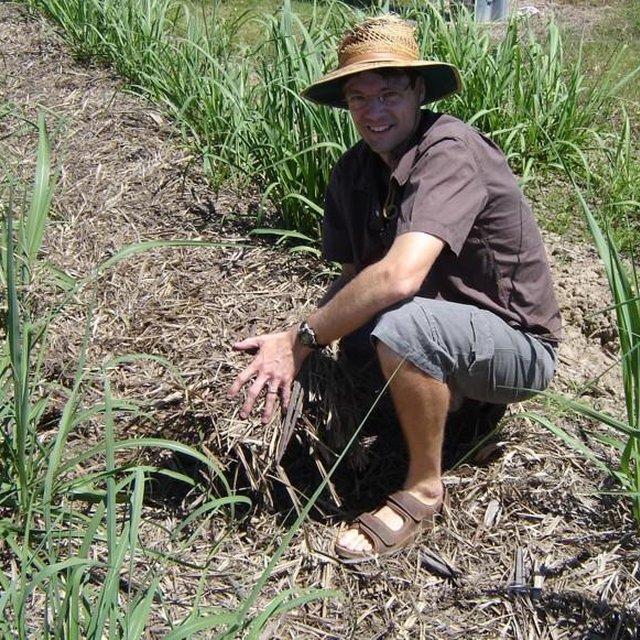
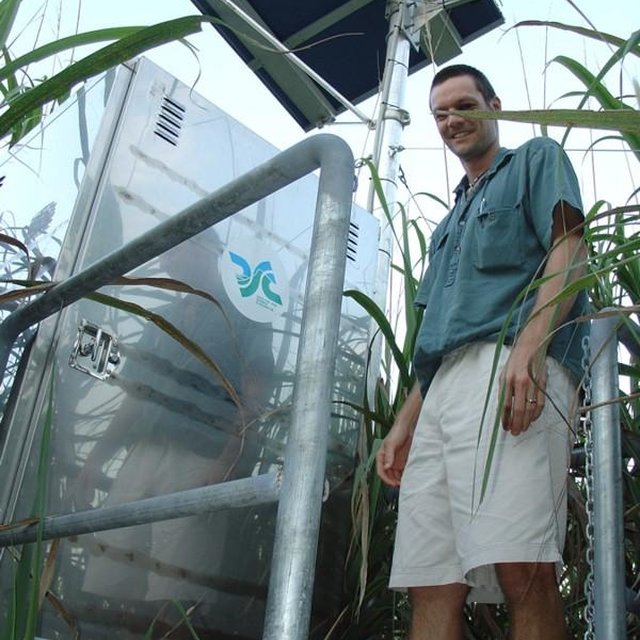
| Ямар оролцогч талууд / хэрэгжүүлэгч байгууллагууд арга барилд оролцож байсан бэ? | Оролцогч талуудыг тодорхойлно уу | Оролцогч талуудын үүргийг тайлбарлана уу |
| Орон нутгийн газар ашиглагч / орон нутгийн иргэд | There is no difference between men and women in principle, though de facto most growers are male. | |
| Засгийн газар (шийдвэр гаргагч, төлөвлөгч) | politicians (govt. agencies) | |
| environmentalists |
Institutional framework Inter-relationships between sugar cane growers and other stakeholders.
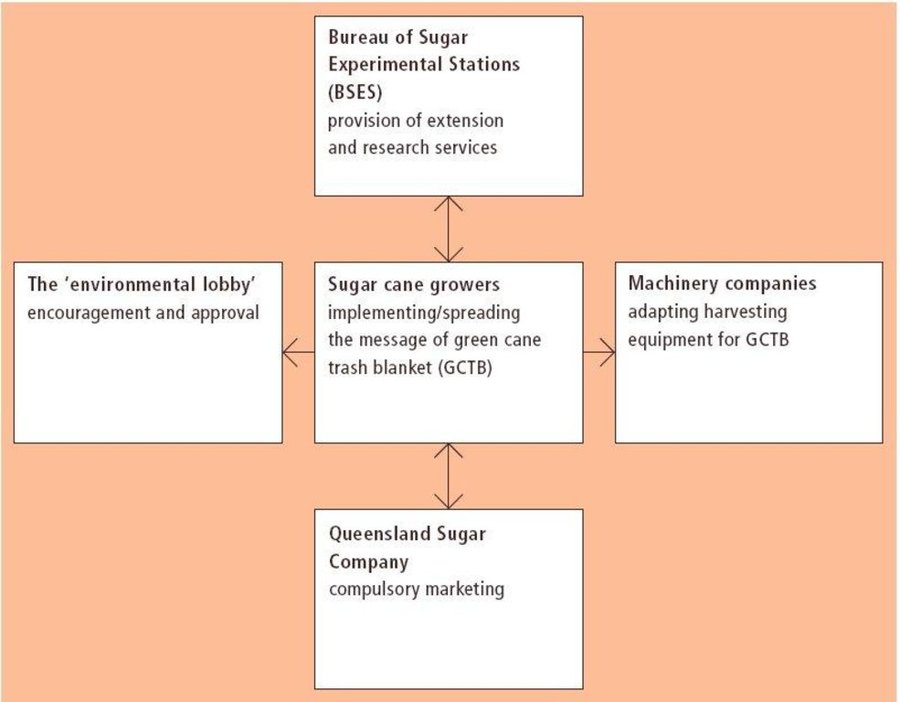
Шийдвэр гаргасан этгээд
Шийдвэр гаргах үндэслэл нь
There has been some ad hoc research carried out on technical parameters by both the BSES as well as CSIRO.
Considerable: nutrient losses reduced, erosion reduced, organic matter built up, etc.
The 'triple bottom line' is probably active throughout Australia in influencing farmers??? decisions.
By definition this is sustainable: it is an internal mechanism amongst farmers.